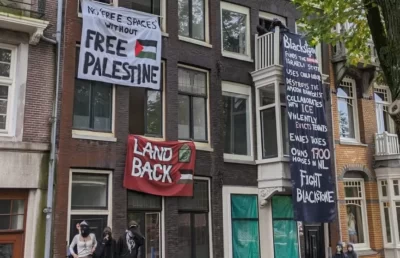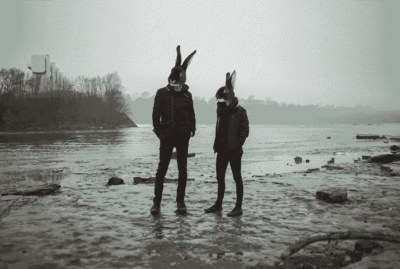Door: Kati Horna.
“Horna’s images display a high regard for human resourcefulness, resilience, and creativity. Commissioned by the Spanish Government to document the Civil War from 1937–1939, Horna eschewed frontline spectacle as covered by her childhood friend Robert Capa, and instead focused on the human angle: personal stories of dislocation and dispossession, told through both candid shots such as Los Paraguas, mitin de la CNT (Umbrellas, Meeting of the CNT, 1937) and lyrical photomontages such as the ghostly double exposure Subida a la catedral (Ascending to the Cathedral, 1938). People—whether visible or not—are always at the center of Horna’s photographs. Her prints demonstrate both the social concern of the documentary photographer, and the Surrealist fascination with the human form. The early works on display at Jeu de Paume demonstrate a propensity for tight cropping, dramatic composition, and unconventional perspectives, as well as the beginnings of Horna’s lifelong interest in bodies and body-substitutes. People are photographed covering their faces in sleep, or from very high or low vantage points that foreshorten, lengthen, or otherwise distort their forms.”
Aldus artslant.com.




